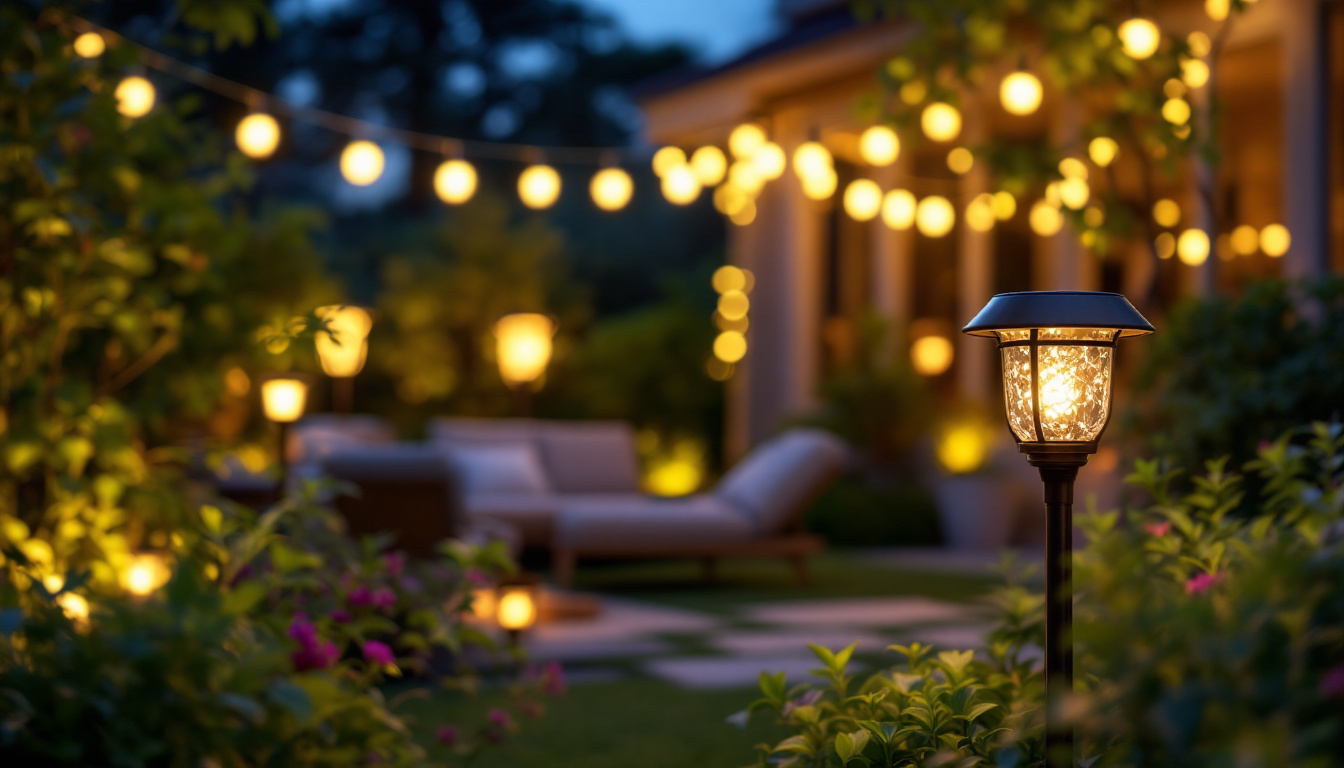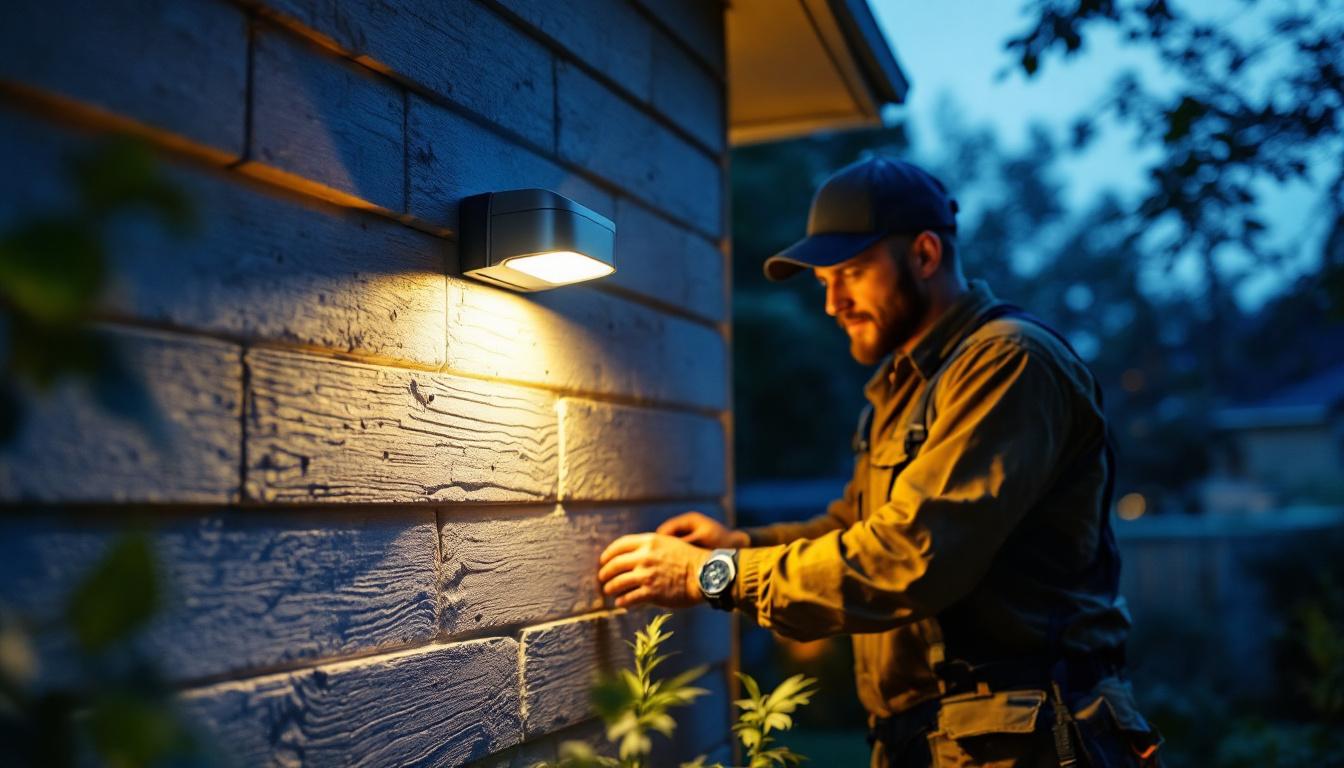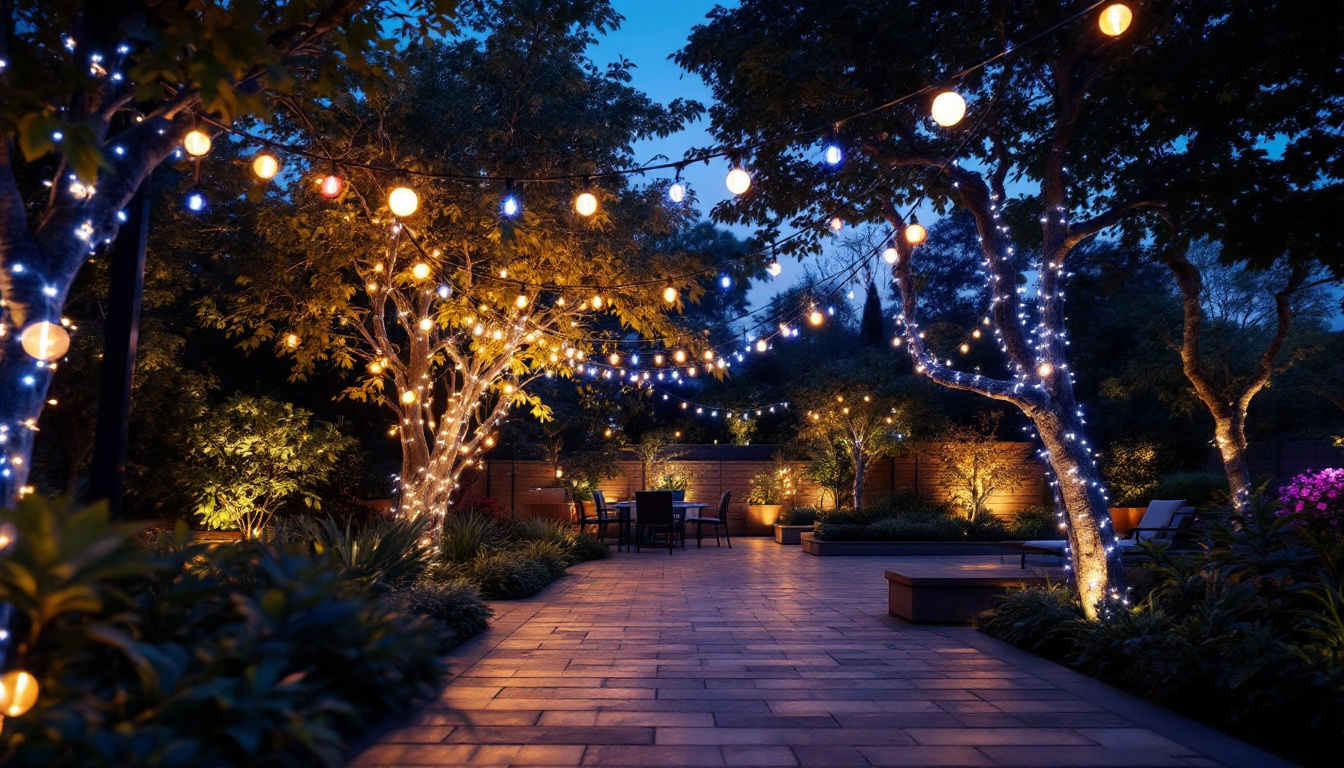
In the realm of commercial and residential lighting, 4-foot light bulbs have become a staple for many lighting contractors. Their versatility and efficiency make them a popular choice for various applications. However, like any product, they come with their own set of advantages and disadvantages. This article delves into the pros and cons of 4-foot light bulbs, providing valuable insights for lighting contractors considering their use in projects.
4-foot light bulbs, often referred to as T8 or T12 fluorescent tubes, are commonly used in both commercial and industrial settings. Their length allows for a broad distribution of light, making them ideal for large spaces such as warehouses, offices, and retail environments. With advancements in technology, these bulbs are now available in LED options, which offer even greater efficiency and longevity. The shift towards LED technology is not just about energy savings; it also involves considerations of environmental impact, as LED bulbs contain no hazardous materials and have a significantly lower carbon footprint over their lifespan.
There are primarily two types of 4-foot light bulbs: fluorescent and LED. Fluorescent bulbs have been around for decades and are known for their cost-effectiveness. However, they are gradually being replaced by LED bulbs, which provide superior energy efficiency and longer lifespans. Understanding the differences between these types is crucial for lighting contractors when making recommendations to clients. For instance, while fluorescent bulbs typically last around 7,000 to 15,000 hours, LED bulbs can last up to 50,000 hours or more, which translates to fewer replacements and reduced maintenance costs. Additionally, LED options are available in a variety of color temperatures, allowing for customization of ambiance in different environments.
4-foot light bulbs are versatile and can be used in various settings. Common applications include:
Each application may require different considerations regarding brightness, color temperature, and energy efficiency, making it essential for contractors to assess the specific needs of their clients. For example, in office settings, a cooler color temperature (around 4000K to 5000K) can help improve concentration and productivity, while warmer temperatures (around 3000K) might be more suitable for retail spaces to create a welcoming atmosphere. Furthermore, the choice of light bulb can also impact employee well-being, as proper lighting has been linked to reduced eye strain and improved mood. As such, selecting the right 4-foot light bulb is not just a matter of illumination but also of enhancing the overall environment in which people work and shop.
When evaluating 4-foot light bulbs, several advantages stand out, making them a preferred choice for many lighting contractors.
One of the most significant benefits of 4-foot light bulbs, particularly LED variants, is their energy efficiency. LEDs consume significantly less power than traditional fluorescent bulbs, resulting in lower electricity bills for clients. This energy saving is not only beneficial for the environment but also enhances the overall value proposition for contractors when discussing options with customers.
4-foot LED bulbs typically have a lifespan of 25,000 to 50,000 hours, compared to fluorescent bulbs, which last around 7,000 to 15,000 hours. This longevity means less frequent replacements, reducing maintenance costs and downtime for businesses. For contractors, recommending longer-lasting options can lead to satisfied clients and repeat business.
The quality of light produced by 4-foot bulbs can vary significantly between fluorescent and LED options. LEDs provide a more consistent light output, with less flicker and a wider range of color temperatures. This quality can enhance the ambiance of a space, making it more inviting and functional. Contractors can leverage this aspect when advising clients on lighting solutions that meet their aesthetic and practical needs.
Despite their many advantages, 4-foot light bulbs also have some drawbacks that lighting contractors should consider.
The initial investment for LED 4-foot light bulbs can be higher than that of traditional fluorescent bulbs. While the long-term savings on energy and maintenance can offset this cost, some clients may be hesitant to invest upfront. Contractors must be prepared to explain the long-term benefits and potential return on investment to help clients make informed decisions.
Transitioning from fluorescent to LED lighting may require additional considerations, such as compatibility with existing fixtures and ballasts. Some fluorescent fixtures may need to be retrofitted or replaced entirely to accommodate LED bulbs. This additional work can complicate projects and may lead to increased labor costs. Contractors should assess the existing infrastructure before making recommendations.
While 4-foot bulbs provide broad light coverage, the distribution can sometimes be uneven, particularly in larger spaces. This issue may necessitate the installation of additional fixtures to achieve the desired brightness and uniformity. Contractors must evaluate the specific lighting needs of a space to determine the optimal number and placement of bulbs.
When installing 4-foot light bulbs, several factors must be taken into account to ensure optimal performance and client satisfaction.
Before installation, it is essential to check the compatibility of the chosen bulbs with existing fixtures. Not all fixtures are designed to accommodate both fluorescent and LED bulbs, which can lead to inefficiencies or even safety hazards. Contractors should have a thorough understanding of the specifications of the fixtures in use to avoid complications during installation.
Fluorescent bulbs require a ballast to regulate the current flowing through the bulb, while many LED options do not. Contractors must determine whether the existing ballasts can support the new bulbs or if they need to be replaced. This consideration can affect both the cost and complexity of the installation process.
Creating an effective lighting layout is crucial for maximizing the benefits of 4-foot light bulbs. Factors such as the height of the ceiling, the purpose of the space, and the desired ambiance should all be taken into account. A well-planned layout can enhance the functionality and aesthetics of a space, leading to greater client satisfaction.
When discussing 4-foot light bulbs with clients, it is essential to provide a comprehensive cost analysis that considers both initial and long-term expenses.
As mentioned earlier, the initial cost of LED 4-foot bulbs is typically higher than that of fluorescent options. Contractors should provide clients with a clear breakdown of these costs, including the price of bulbs, fixtures, and any necessary retrofitting. Transparency in pricing can help build trust and facilitate decision-making.
To justify the higher upfront costs, contractors should emphasize the long-term savings associated with energy-efficient lighting. By calculating the potential reduction in electricity bills and maintenance costs over the lifespan of the bulbs, contractors can present a compelling case for investing in LED technology. This analysis can be a powerful tool in persuading clients to choose more sustainable options.
Many utility companies offer incentives and rebates for businesses that switch to energy-efficient lighting solutions. Contractors should stay informed about these programs and communicate potential savings to clients. By leveraging available incentives, contractors can further enhance the attractiveness of 4-foot LED bulbs as a cost-effective lighting solution.
The lighting industry is continually evolving, with new technologies and trends emerging regularly. Staying informed about these developments is crucial for lighting contractors looking to provide the best solutions for their clients.
One of the most significant trends in lighting is the rise of smart technology. Smart lighting systems allow for greater control over lighting conditions, including dimming, color changes, and scheduling. Integrating smart technology with 4-foot light bulbs can enhance their functionality and appeal to tech-savvy clients looking for modern solutions.
As sustainability becomes a more pressing concern, the demand for energy-efficient lighting solutions is likely to grow. Contractors should be prepared to educate clients about the environmental benefits of 4-foot LED bulbs and how they can contribute to a more sustainable future. This focus on sustainability can be a selling point for contractors looking to differentiate themselves in a competitive market.
LED technology continues to advance, with improvements in efficiency, color rendering, and light quality. Staying abreast of these advancements can help contractors make informed recommendations to clients and ensure they are providing the best possible solutions. Emphasizing the latest technology can also enhance a contractor’s reputation as a knowledgeable and reliable professional.
4-foot light bulbs offer a range of advantages and disadvantages that lighting contractors must carefully consider when making recommendations to clients. Their energy efficiency, longevity, and quality of light make them a compelling choice, particularly in LED form. However, the initial costs, compatibility issues, and potential uneven light distribution warrant careful evaluation.
By understanding the pros and cons of 4-foot light bulbs, contractors can provide informed guidance to clients, ensuring they make choices that align with their needs and budgets. As the lighting industry continues to evolve, staying updated on trends and advancements will further enhance a contractor’s ability to deliver exceptional lighting solutions.
Ultimately, the decision to use 4-foot light bulbs should be based on a comprehensive assessment of the specific requirements of each project. With the right knowledge and approach, lighting contractors can effectively leverage the benefits of these bulbs while addressing any potential drawbacks, leading to successful installations and satisfied clients.
Ready to enhance your lighting projects with the best 4-foot light bulbs on the market? Look no further than LumenWholesale, where we provide lighting contractors with superior, spec-grade lighting solutions at unbeatable wholesale prices. Our commitment to quality and affordability means you can equip your projects with reliable, high-performance lighting that meets the highest industry standards. Plus, with free shipping on bulk orders, you’ll enjoy the convenience and savings that come with purchasing from a trusted source. Don’t settle for less—choose LumenWholesale for Wholesale Lighting at the Best Value and make your next installation a shining success.

Discover the top solar outdoor lights recommended by expert lighting contractors.

Discover how outdoor LED motion lights are revolutionizing the lighting industry by enhancing efficiency for contractors.

Discover how outdoor LED string lights not only beautify your space but also enhance safety in lighting installations.

Discover the key US states leading the way in outdoor LED lighting.